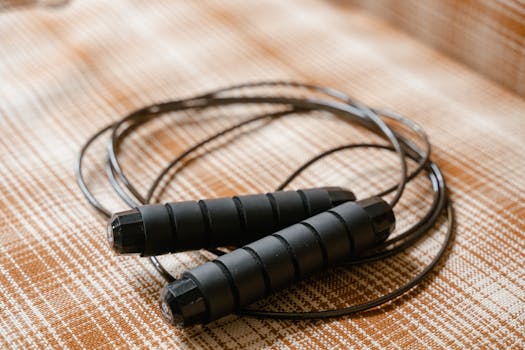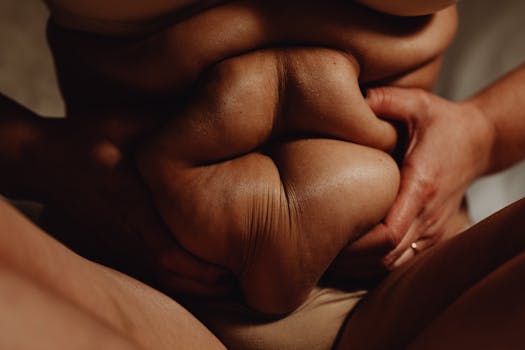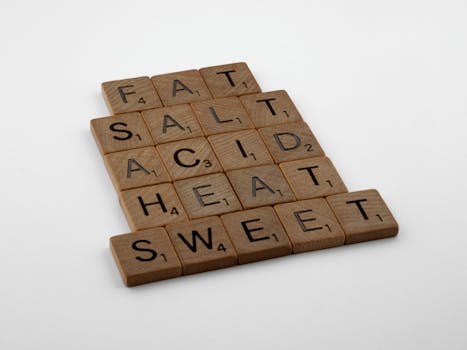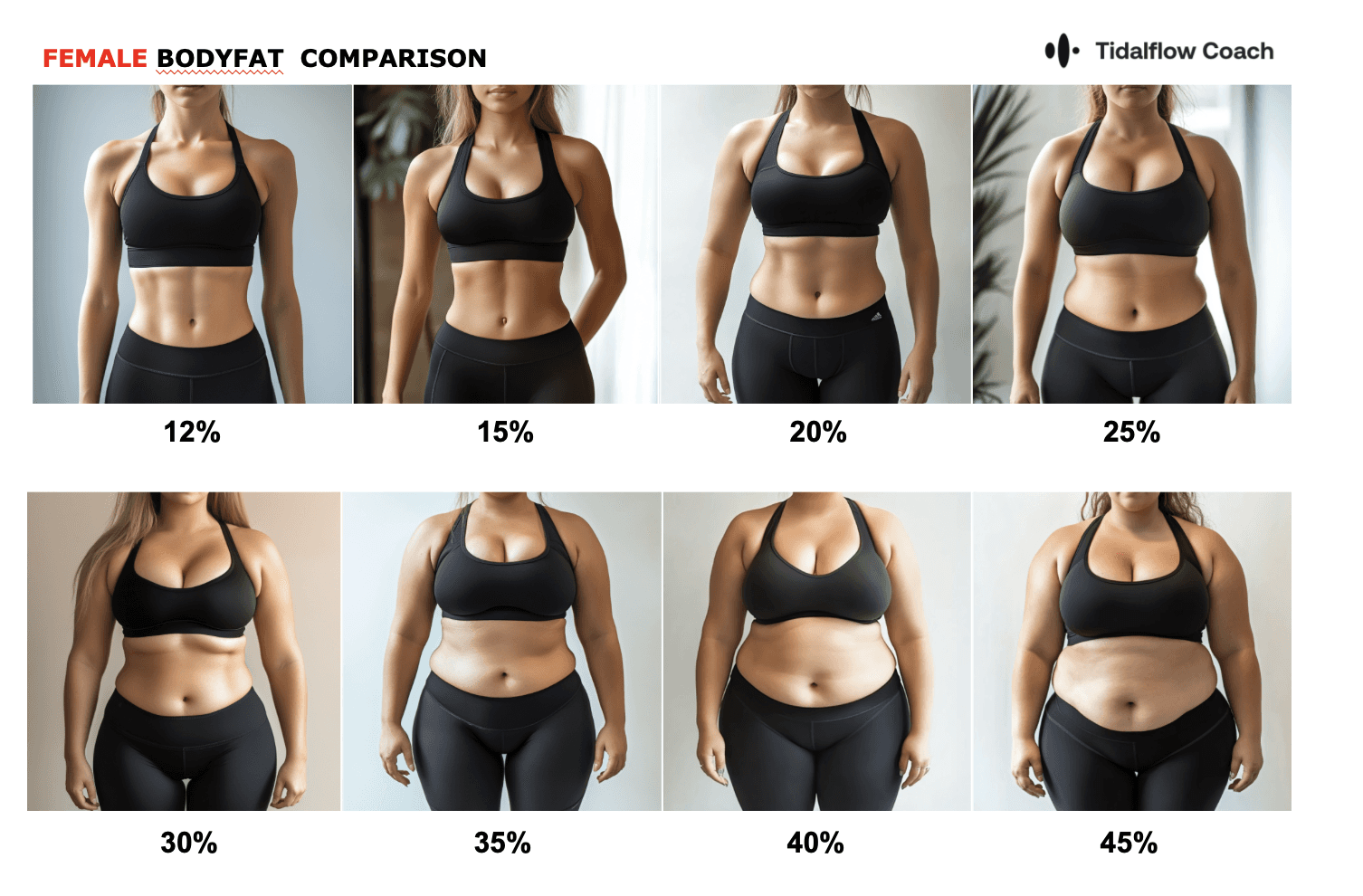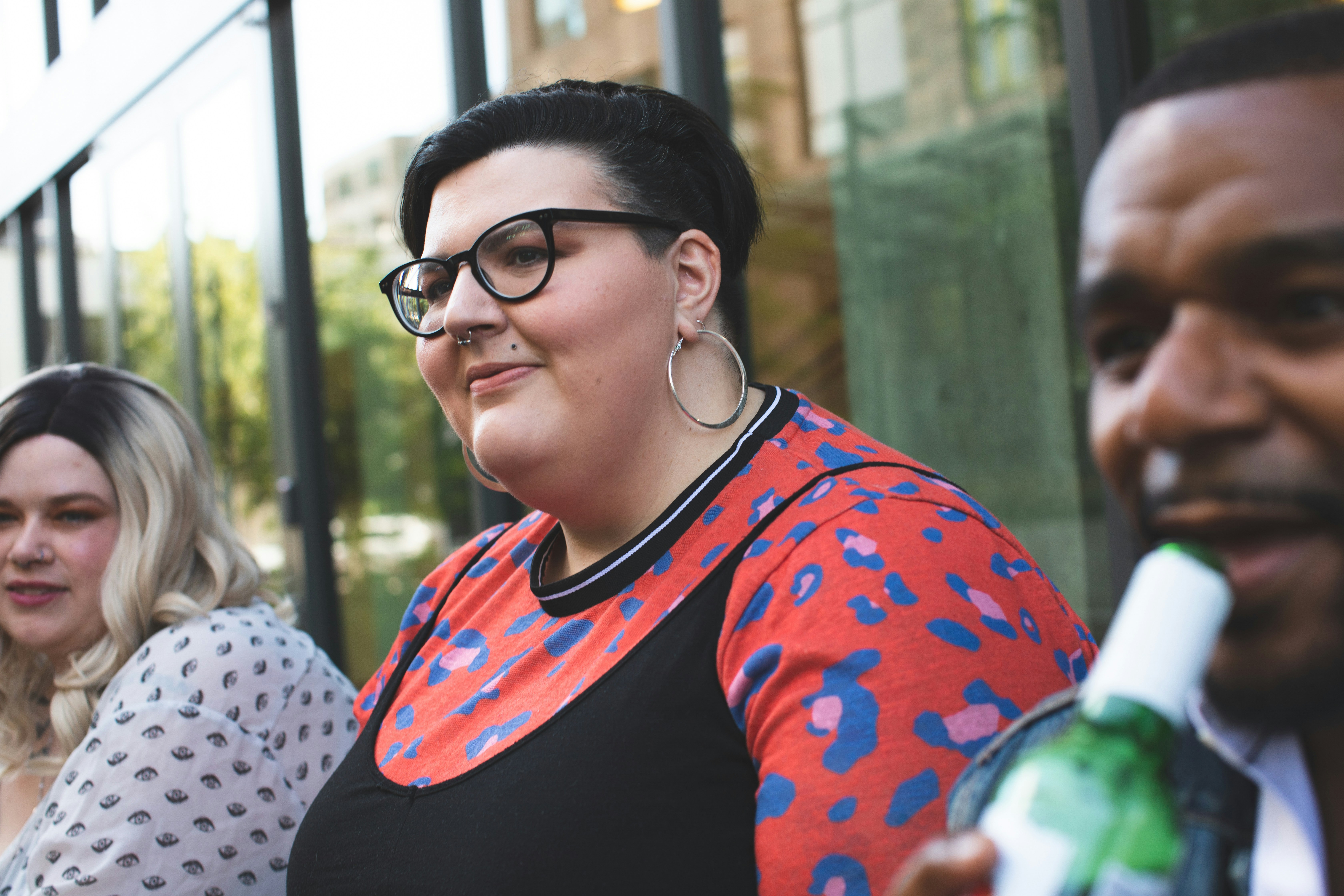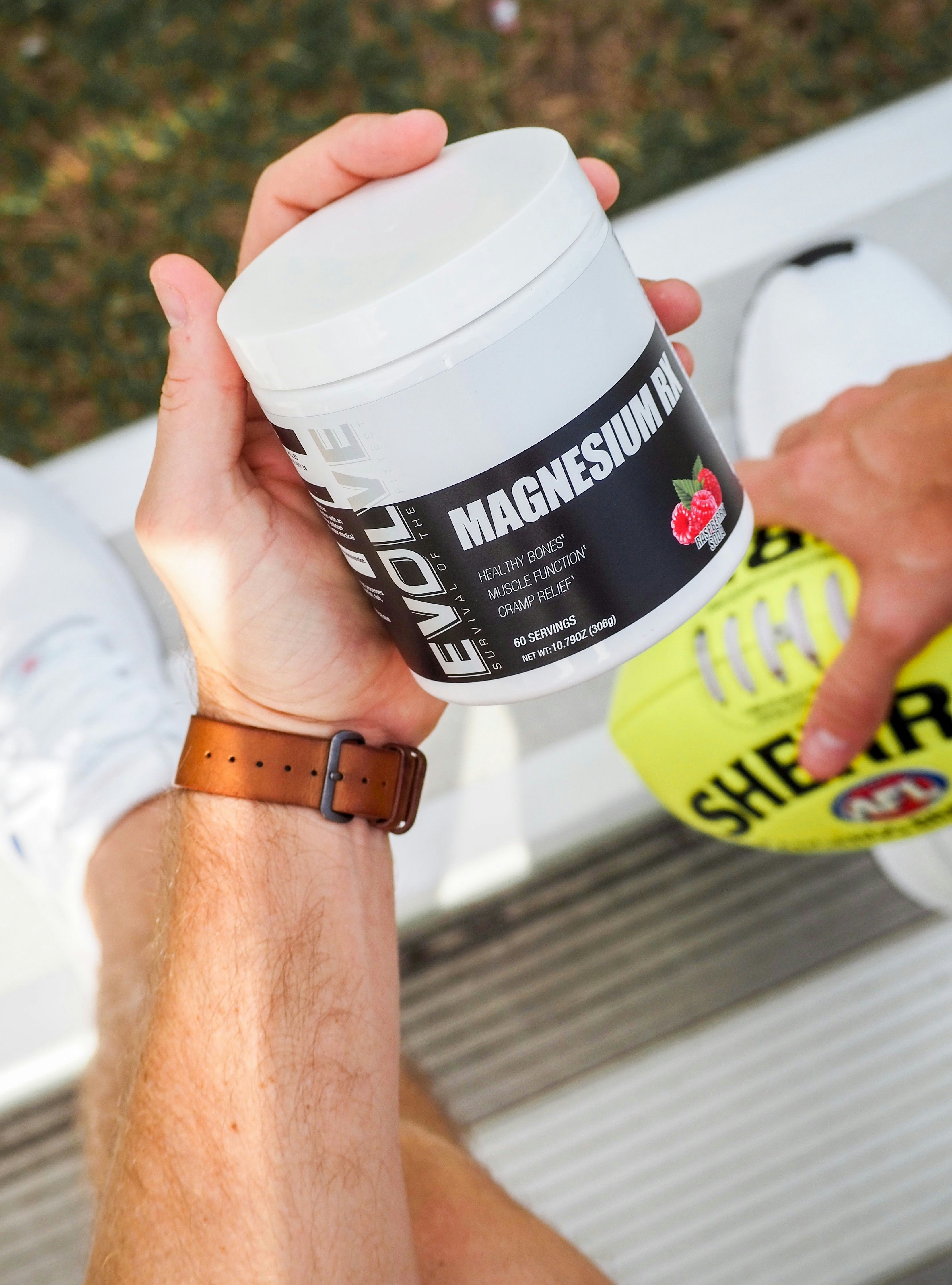Leg Press Alternatives: Build Strong Legs Without Equipment
Sep 19, 2024
Are you looking to build strong, powerful legs but don't have access to a leg press machine? Don't worry! There are plenty of effective alternatives that can help you achieve similar results. In this comprehensive guide, we'll explore a variety of exercises that target the same muscle groups as the leg press, providing you with options to suit any fitness level or equipment availability.
Why Consider Leg Press Machine Alternatives?
Before we dive into the alternatives, let's understand why you might need them:
Lack of Equipment: Not everyone has access to a leg press machine, especially when working out at home or in a minimally equipped gym.
Functional Strength: Some alternatives can provide more functional strength benefits compared to the leg press.
Variety: Even if you have access to a leg press, alternatives can add variety to your workout routine, preventing boredom and plateaus.
Balance and Stability: Many alternatives require more balance and stability, engaging additional muscle groups.
Cost-Effective: Leg press machines can be expensive, while many alternatives require minimal or no equipment.
Muscles Worked in Leg Press
To find effective alternatives, it's important to understand which muscles the leg press targets:
Quadriceps
Hamstrings
Glutes
Calves (to a lesser extent)
Now, let's explore exercises that target these same muscle groups.
Top Leg Press Machine Alternatives
1. Barbell Squats
Squats are often considered the king of leg exercises and are an excellent alternative to the leg press.
How to perform:
Stand with feet shoulder-width apart, barbell across your upper back.
Lower your body as if sitting back into a chair, keeping your chest up and core engaged.
Push through your heels to return to the starting position.
Sets and reps: 4 sets of 8-12 reps
Pro tip: Focus on proper form and depth. Aim to lower until your thighs are parallel to the ground or lower if your mobility allows.
2. Dumbbell Lunges
Lunges are a unilateral exercise that can help address muscle imbalances.
How to perform:
Stand holding a dumbbell in each hand by your sides.
Take a large step forward, lowering your back knee towards the ground.
Push through your front heel to return to the starting position.
Alternate legs with each rep.
Sets and reps: 3 sets of 10-12 reps per leg
Pro tip: Keep your torso upright and core engaged throughout the movement.
3. Bulgarian Split Squats
This exercise targets the quads, hamstrings, and glutes while also challenging your balance.
How to perform:
Stand about 2-3 feet in front of a bench, with one foot elevated behind you on the bench.
Lower your back knee towards the ground, keeping your front knee aligned with your ankle.
Push through your front heel to return to the starting position.
Sets and reps: 3 sets of 10-12 reps per leg
Pro tip: Start with bodyweight before adding dumbbells or a barbell for extra resistance.
4. Goblet Squats
Goblet squats are great for beginners and can help improve squat form.
How to perform:
Hold a dumbbell or kettlebell close to your chest with both hands.
Stand with feet slightly wider than shoulder-width apart.
Lower your body into a squat position, keeping your chest up and elbows inside your knees.
Push through your heels to return to the starting position.
Sets and reps: 3 sets of 12-15 reps
Pro tip: Use the weight to counterbalance and help you maintain an upright posture throughout the movement.
5. Step-Ups
Step-ups are a versatile exercise that can be adjusted for various fitness levels.
How to perform:
Stand in front of a sturdy bench or step.
Step up onto the bench with one foot, driving your other knee up towards your chest.
Step back down and repeat with the other leg.
Sets and reps: 3 sets of 10-12 reps per leg
Pro tip: Choose a bench height that challenges you but allows for proper form throughout all reps.
6. Hack Squats
If you have access to a Smith machine, hack squats can be an excellent leg press alternative.
How to perform:
Face away from the Smith machine with the bar behind your hips.
Unrack the bar and take a step forward, feet shoulder-width apart.
Lower your body into a squat position, keeping your back straight against the bar.
Push through your heels to return to the starting position.
Sets and reps: 4 sets of 8-10 reps
Pro tip: Keep your core engaged and maintain contact between your back and the bar throughout the movement.
7. Resistance Band Squats
This exercise can be done anywhere with minimal equipment.
How to perform:
Stand on a resistance band with feet shoulder-width apart.
Hold the other ends of the band at shoulder level.
Perform a squat, pushing against the band's resistance as you stand back up.
Sets and reps: 3 sets of 15-20 reps
Pro tip: Choose a band resistance that challenges you but allows for proper form throughout all reps.
8. Dumbbell Romanian Deadlifts
This exercise targets the hamstrings and glutes effectively.
How to perform:
Stand holding dumbbells in front of your thighs.
Hinge at the hips, pushing your buttocks back while keeping your back straight.
Lower the dumbbells along your legs until you feel a stretch in your hamstrings.
Engage your hamstrings and glutes to return to the starting position.
Sets and reps: 3 sets of 10-12 reps
Pro tip: Keep a slight bend in your knees throughout the movement to maintain tension on the hamstrings.

Creating a Leg Workout with Leg Press Alternatives
Now that we've covered some effective leg press alternatives, let's put them together into a workout routine:
Barbell Squats: 4 sets of 8-10 reps
Bulgarian Split Squats: 3 sets of 10-12 reps per leg
Dumbbell Romanian Deadlifts: 3 sets of 10-12 reps
Goblet Squats: 3 sets of 12-15 reps
Step-Ups: 3 sets of 10-12 reps per leg
Rest 60-90 seconds between sets. Perform this workout 1-2 times per week as part of a balanced training program.
Tips for Maximizing Your Leg Workout
To get the most out of your leg press alternative exercises, keep these tips in mind:
Focus on Form: Maintain proper form throughout each exercise to target the intended muscles and prevent injury.
Progressive Overload: Gradually increase the weight, reps, or sets over time to continue challenging your muscles and promoting growth.
Mind-Muscle Connection: Focus on feeling your leg muscles working during each exercise. This can improve muscle activation and lead to better results.
Vary Your Foot Positioning: When possible, experiment with different foot positions (wider, narrower, toes pointed out or in) to target your leg muscles from various angles.
Control the Eccentric: Lower the weight slowly during the negative portion of each rep to increase time under tension and promote muscle growth.
Balance Your Training: Don't neglect upper body exercises. Incorporate push and pull exercises into your routine for balanced development.
Warm-Up Properly: Always start with a thorough warm-up to prepare your muscles and joints for the workout ahead. This can include dynamic stretches and light cardio.
Incorporating Leg Press Alternatives into Your Routine
To effectively incorporate leg press alternatives into your fitness routine, consider the following:
Frequency: Aim to train your legs 1-2 times per week, allowing for adequate recovery between sessions.
Workout Split: If you're following a body part split, you might dedicate one day to leg exercises. For a push/pull/legs split, these exercises would fall on your leg day.
Exercise Order: Start with compound movements (like squats) before moving on to isolation exercises.
Volume: Adjust the total sets and reps based on your experience level and recovery capacity. Beginners might start with 10-12 total sets per week, while advanced lifters could handle up to 16-20 sets.
Rest and Recovery: Ensure you're getting adequate sleep and nutrition to support muscle growth and recovery.
Common Mistakes to Avoid
When performing leg press alternatives, be aware of these common mistakes:
Poor Squat Form: Keep your chest up, back straight, and knees in line with your toes during squatting movements.
Neglecting Full Range of Motion: Don't sacrifice depth for weight. A full range of motion is crucial for optimal muscle development.
Ignoring Unilateral Exercises: Don't skip exercises like lunges and step-ups, which can help address muscle imbalances.
Overtraining: Leg exercises are demanding. Allow for adequate recovery time between leg workouts.
Neglecting Hamstrings: Don't focus solely on quad-dominant exercises. Include movements like Romanian deadlifts to target the hamstrings.
Using Momentum: Control the movement throughout the entire rep, avoiding the use of momentum to lift the weight.
Nutrition for Leg Development
To support your leg training efforts, pay attention to your nutrition:
Protein: Consume adequate protein (about 1.6-2.2 grams per kg of body weight) to support muscle repair and growth.
Carbohydrates: Include complex carbs to fuel your workouts and aid in recovery. Leg workouts are particularly demanding, so proper carb intake is crucial.
Healthy Fats: Incorporate sources of healthy fats to support hormone production and overall health.
Hydration: Drink plenty of water before, during, and after your workouts to maintain performance and aid in recovery.
Timing: Consider having a protein-rich meal or shake within 30 minutes after your workout to support muscle recovery.
Progressing with Leg Press Alternatives
As you get stronger, here are some ways to progress with these exercises:
Increase Weight: Gradually add more weight to exercises like barbell squats and Romanian deadlifts.
Increase Volume: Add more sets or reps to your existing exercises.
Decrease Rest Time: Shorten the rest periods between sets to increase workout intensity.
Try Advanced Variations: Move on to more challenging exercises like pistol squats or jump squats.
Incorporate Tempo Training: Slow down the eccentric (lowering) phase of movements to increase time under tension.

Benefits of Leg Press Alternatives
While the leg press machine is an effective tool, its alternatives offer several unique benefits:
Functional Strength: Many alternatives mimic real-life movements, translating to better functional strength.
Core Engagement: Exercises like squats and lunges require significant core stability.
Balance and Coordination: Unilateral exercises improve balance and coordination.
Hormone Release: Compound leg exercises can stimulate the release of growth hormones that benefit overall muscle development.
Cardiovascular Benefits: Many leg press alternatives, especially when performed with high intensity, can provide cardiovascular benefits.
Conclusion
Leg press machine alternatives offer an excellent way to build leg strength and muscle, whether you're working out at home or simply looking to diversify your leg workouts. By incorporating these exercises into your routine and following the tips provided, you can develop powerful, well-defined legs without the need for a leg press machine.
Remember to focus on proper form, progressive overload, and balanced training for the best results. Combine your leg workouts with a well-rounded fitness routine and proper nutrition to maximize your gains.
Whether you're a beginner just starting your fitness journey or an experienced lifter looking to add variety to your leg training, these leg press alternatives can be an excellent addition to your workout arsenal.
Ready to take your leg training to the next level? Consider trying Tidalflow's AI-powered personal training program. Our intelligent system can create a customized workout plan that incorporates effective leg press alternatives tailored to your specific goals and fitness level.
Start building stronger, more powerful legs today with Tidalflow's AI personal trainer. Sign up now and get your personalized leg workout plan!
You should not have to do it all on your own





